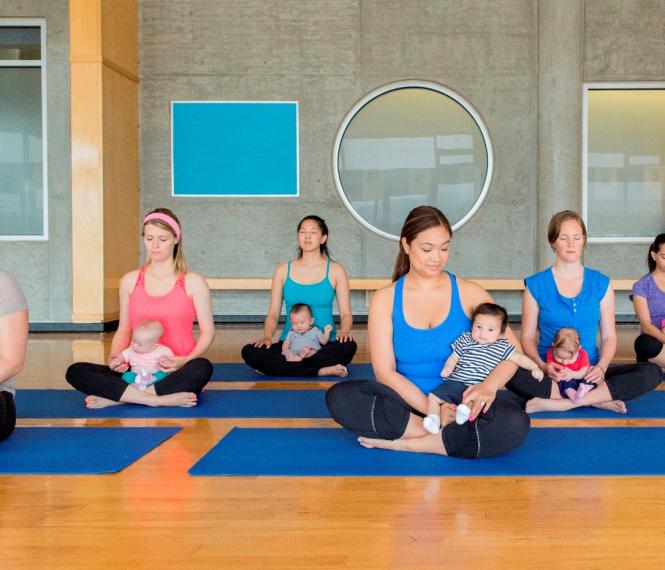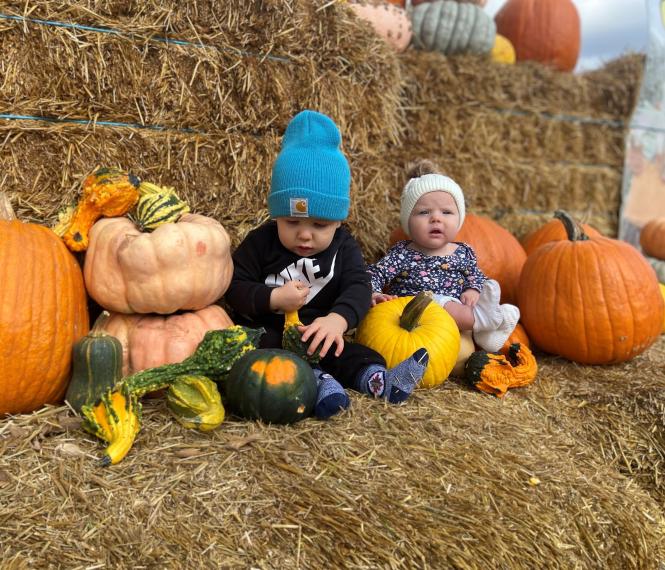Camping with Littles
Summer has arrived and for many of us, this is the time of year we head out to enjoy the great outdoors via the classic Manitoban past-time of camping. For some parents, the thought of packing up with the little ones in tow can be daunting but we’re here to tell you that it can be done. And, spoiler alert – you may even have some FUN too!
Before we dive into the tips and tricks of bringing your babies and tots camping, we must add a disclaimer: we are not backcountry and/or canoe-camping experts. We camp with electricity, at provincial parks and in sites you can pull your car (or trailer) into. While some may call it ‘glamping’ – I prefer to call it staying sane.
So, let’s get started! The first thing you’re going to want to think about is lodging/sleeping arrangements.
Since our youngest was an infant, we’ve camped in a variety of shelters. We started off with our four-person tent and even brought the top part of the bassinet along with us the first trip or two. Since then, we have just plopped any baby in-between us, but it is all about your co-sleeping comfort levels (and space available).
While tenting is inexpensive and relatively easy, the more family you have, the more tent you need, so by the time our second child was born, we started experimenting with non-tent camping (Bolers, tent trailers, etc.). We now own a pre-loved tent trailer which is perfect for our young family. It comfortably sleeps two adults and three kids and gives us the convenience of built-in lighting, power, and good rain protection. So while this may not be “hard-core” camping – it is a very popular and do-able option for lots of families.
If you don’t have capacity to tow with your vehicle, I fully enjoy and highly recommend yurts. These tent-style structures are perfect for a family. They offer the comfort of beds, an indoor dining table and electricity but still feel like you’re sleeping outdoors and doing the “camping thing”. However, it’s worth noting they can be tough to come by on the Provincial Park booking system and some of them are walk-in only (i.e. you must haul gear from your parked car to the yurt).
And while we’re talking about sleep, please be kind to yourself about sticking to your at-home, bedtime routine. Kids will be excited and/or scared, especially on the first night and we have sometimes found it easier to let them stay up a bit late and then go to bed as a family. And remember – this could be their first time to really experience the night sky!
In addition to all your regular camping gear, some additional things you may want to consider are…
- Add-a-rooms or screened in shelters (crucial for summer 2022!). These are perfect to hide baby from mosquitoes as well as find some shade. It also gives you extra space for gear because babies and kids come with a lot of it!
- Good rain gear (especially for baby/kids). On our first go of camping with a toddler, we encountered weekend where it rained and rained, and then rained some more. We did not own splash pants or a muddy buddy suit and with a wee-one just learning to walk, we ended up going through all the extra pants and then some.
- Booster seat or portable high chair. This is dependent on the age of your child, but when it comes to meal-time you may find it easier to have baby contained. We also found it was useful for when we were preparing meals or tidying up camp, allowing them to sit and watch.
- Baby carrier. Of course, this one is age-dependent but you might find it easier to cart young babies around in a carrier and you also may not have room to pack up a stroller in the car.
- Potty. Once your little one is potty training, this is almost a must-have. You are not always going to be near a bathroom at the campsite and this item will come in handy. It makes nighttime potty breaks easier for everyone too. Not to mention, many kids may be scared of the more “outdoorsy” washrooms they encounter at the campground.
- Entertainment items. What entertains your child will depend on their age, but do keep in mind that if you’re hunkered down in your tent or trailer during a rain storm, you will need things to occupy them. Games, puzzles, books, colouring – we’ve even brought an old laptop with a DVD or two.
- Another family. If you have another family that you can camp with, ask them to join! The more hands you have on deck with little ones running about, the better. You can share meals, clean up and maybe even some childcare duties.
One final note I’d like to make, is to be mindful of the location you’re going to and how long it will take to get there. Most campgrounds have play structures (but not all) and you can check on the map to see where it is located from your site. Also, not all campgrounds have modern washrooms (and this could be a deal breaker even for some adults!).
As far as distance goes, this can all depend on the temperament of your child/ren, but even for our good-natured toddler, the 4 hour drive to Duck Mountain one summer was just too long. We endured almost a solid hour of screaming before arrival, which left us feeling drained and frazzled, so I would say if you’re starting out – perhaps closer is better.
No matter how you end up camping with your young family I can promise you there will be times you wonder what the heck you were thinking. But, the extra effort is worth it when you see your kids experiencing the outdoors and taking in all the wonders of nature first hand!
Happy Camping!
Ashley, Fit Together instructor



